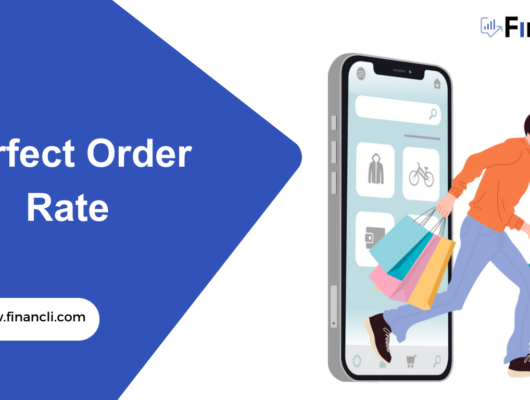Sales per Square Foot
The Sales per square foot is the average income made per square foot of your retail area.
A high sales-per-square-foot figure implies that the management of your store is effective at pushing sales in the area provided to them. This is because they are doing everything correctly regarding product selection and display in-store.
It is a method of ranking a store’s visual merchandising efforts. It measures how efficiently you use your resources as a retailer. Retailers frequently need help with their inventory. Curating a successful merchandising mix is challenging.
Calculating Sales per Square Foot
The total sales during a specific period divided by the square feet of the area under consideration determine the sales per square foot. Typically, business owners and property managers use it.
A single company, a chain of stores, or an entire retail mall can all be estimated. It shows how much money a particular store receives when calculated for it. The company may count sales dollars for one month or a whole year.
Sales per Square Foot = Total In-Store Sales / Selling Area of the Store
How do Sales per Square Foot Help Businesses?
Sales rep effectiveness, or how effectively they use what’s on the floor to generate sales, can be measured in terms of sales per square foot. You can use this to decide whether to replace or train your sales representatives. You can find specific tendencies by comparing its statistics from month to month or year to year. Your sales success depends on these patterns, especially seasonal trends. A store’s visual merchandise efforts can be ranked using it. It’s a terrific measure of how efficiently you use your resources as a retailer.

Reduced same-store productivity is the most common reason for closures. The net effect has been the same for all of them: their stores are not regarded as productive by traditional metrics like Sales per square foot, Sales per operating hour, and Sales Per Employee, which is precisely the issue. Some are the victims of polarizing economics, others of the Internet, and others of intense competition.
The Investors’ Take on Sales per Square Foot

The fundamental change is that stores are becoming more crucial for spreading experiences rather than just distributing goods. Customers can interact with the business, its interests, and its culture viscerally and emotionally through the shop, which is impossible online.
Are Sales per Square Foot Necessary?
Analysts can use sales per square foot to assess a company’s retail store efficiency. Higher sales per square foot indicate a high-efficiency and performance retail store. Like many other financial metrics, analysts should compare sales per square foot. The ratio must be evaluated using different metrics and compared to rival data.
Consider optimizing your store’s layout if its sales per square footage are lower than you’d like. Start by doing the shop’s cleaning. Congested or messy areas may turn customers away and make finding what they want more complex. Because of this, maintaining a clean slate is essential.
Drawbacks

Sales per square foot have proven reliable for evaluating the store’s performance. However, this statistic might need to be more relevant in light of the pandemic-driven transition to e-commerce. Retailers use offline and online sales platforms as a hybrid sales strategy. As a result, it might be less helpful in evaluating how well-positioned today’s retailers are. Furthermore, it is not a success statistic in isolation due to factors like the industry’s ongoing shift to online sales. You must combine your company’s overall success with other crucial industry metrics to analyze it.
Example
Suppose a bookstore has a total area of 2000 square feet. The store contains various children’s books and comics. The bookstore’s owner sells 250 books for an average of $4.5 per book, making a monthly revenue of $1,125. Monthly sales give us a total of $13,500 yearly.
We divide the annual sales from the total area to get annual sales of $6.75 per square foot.
How to Improve Sales per Square Foot
Jewelry and electronics with high ticket prices always have higher sales per square foot. To increase your it, you must increase the value of your transactions. Daily item sellers can think about ways to increase the size of their baskets and entice customers to make larger purchases. In addition, your store’s layout is essential for boosting it. Clean up filthy areas and optimize crowded regions. To ensure a smooth in-store traffic flow, expand your business as much as possible and move fixtures and signs around.

Another successful strategy is to use in-store procedures like cross-selling and up-sells. The buyer will leave with more items. Teach your salespeople how to market things that go well. Think about a variation of the desired item.
Targeting a local audience in your company’s same town or region is another fantastic way to increase it. This is perfect for a fixed-location restaurant or boutique retail establishment.
Sales per square foot can rise due to increasing the number of visitors to your retail location. Even though many customers prefer to complete their purchases offline, particularly in clothing and cosmetics, you should note that some people enjoy browsing or shopping online.
Because of this, it’s essential to have a robust digital marketing strategy that exposes your store and products to the right online customers. Make an effort to enhance the shopping experience for customers. Holding community-based events is a business strategy that works. Use data to guide your store’s re-merch or organizational structure. Track foot traffic and product sales using retail analytics software.






